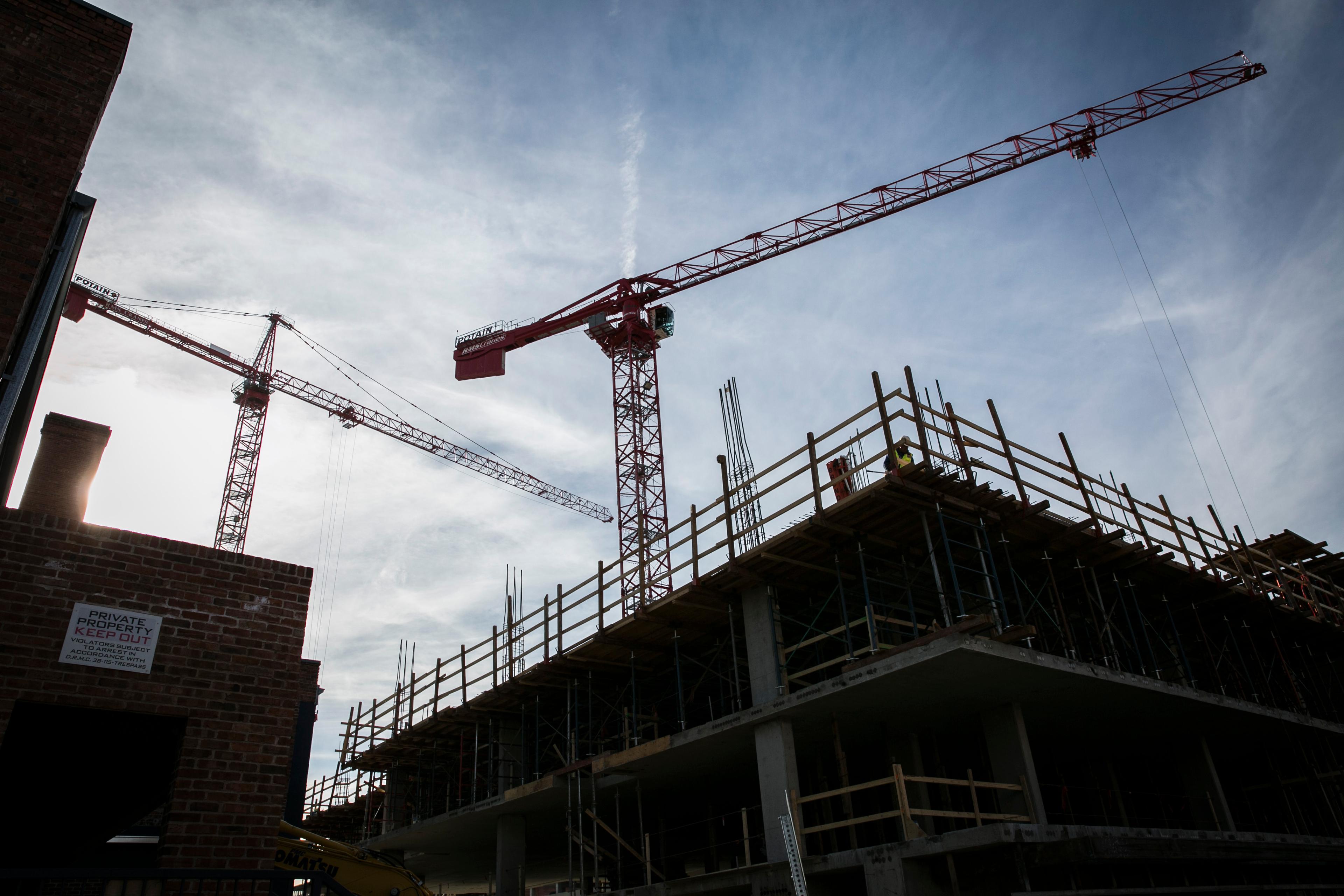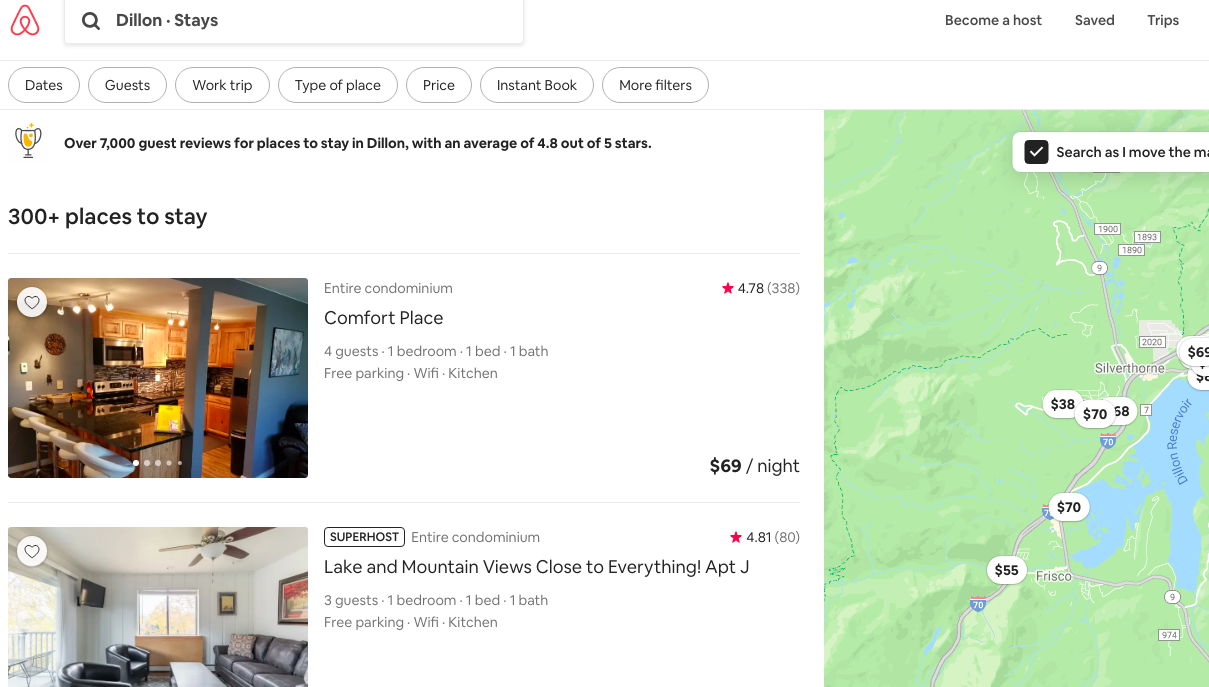

Sometimes it seems like every number tells a rosy story about the Colorado economy. The unemployment rate is often the lowest in the country. Almost every industry is growing. Douglas County recently earned the distinction of having the lowest child poverty rate in the country.
But a new report suggests it’s not all sunshine and rainbows for Colorado families.
About 27 percent of households across the state are struggling to meet basic needs, according to an annual self-sufficiency index report released Tuesday by the Colorado Center on Law and Policy, a left-leaning anti-poverty group. That’s more than three times the percentage of families that live below the federal poverty line.
The index calculates how much a family needs to meet basic expenses — like healthcare, transportation or food — without outside help or government assistance. For instance, a Denver household with one adult and one preschooler needs an annual income of $53,256 to make ends meet.
That standard changes based on location and family composition. This year, CCLP released a map so any Coloradan can see the specific standard for their household.
It also shows how costs of living vary around the state. In southeastern Colorado, two parents can support a baby if both work minimum wage jobs. In Boulder County, both parents would need to be making more than $16 an hour to live at the same level.
University of Washington professor Diana Pearce developed the index and authored the report. She said the variability of the index helps provide a clearer picture of who’s actually struggling, especially compared to the federal poverty line.
The number has also shown Pearce an alternative version of Colorado’s economic boom. She began calculating the standard in 2001. Since then, the number of families who don’t meet the self-sufficiency threshold has climbed by about 7 percent — even with a low employment rate.
That tells her wages simply aren’t keeping up with the cost of living.
“No matter how you measure it, expenses are going up faster than peoples wages,” Pearce said. “People are experiencing a huge crunch.”
Pearce has a number on that point, too. Since 2001, the minimum income needed for families be self-sufficient has increased at twice the rate of wages in Colorado.









